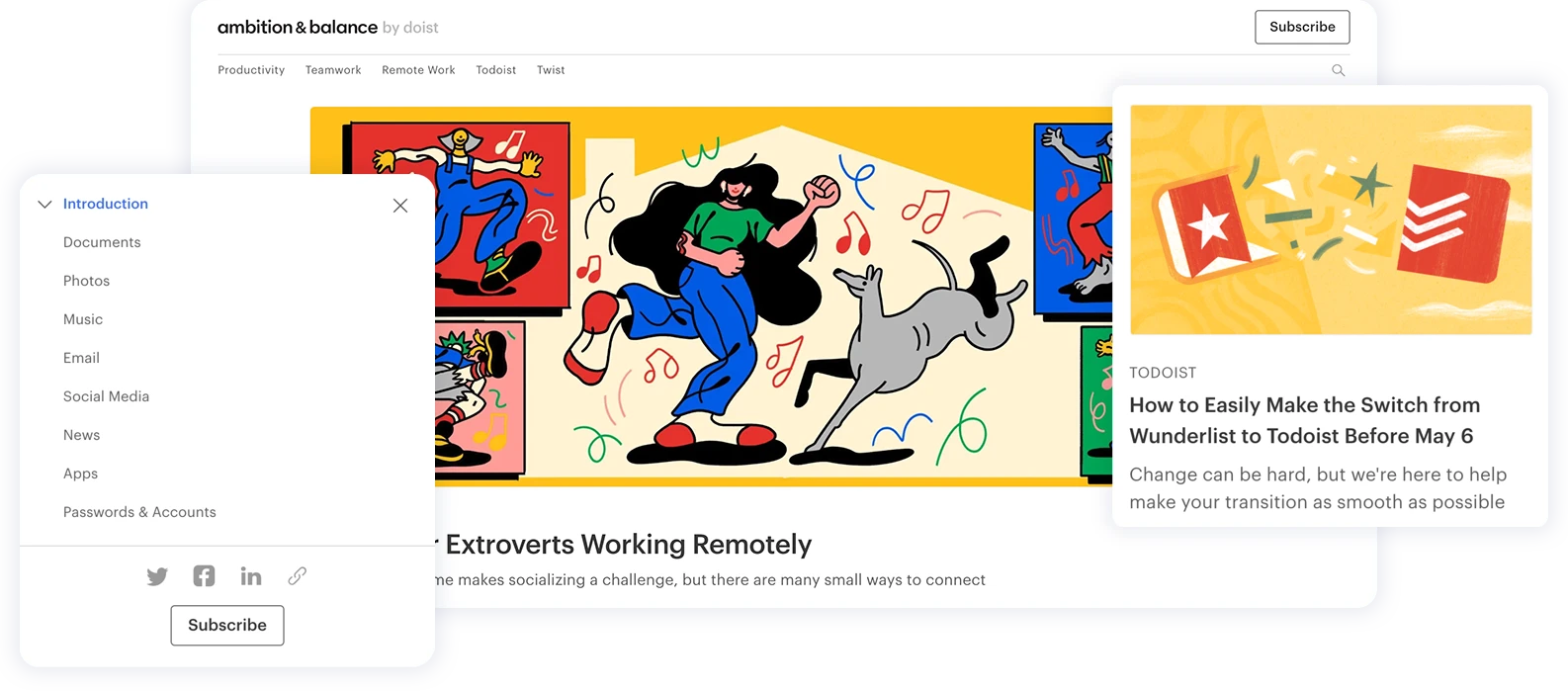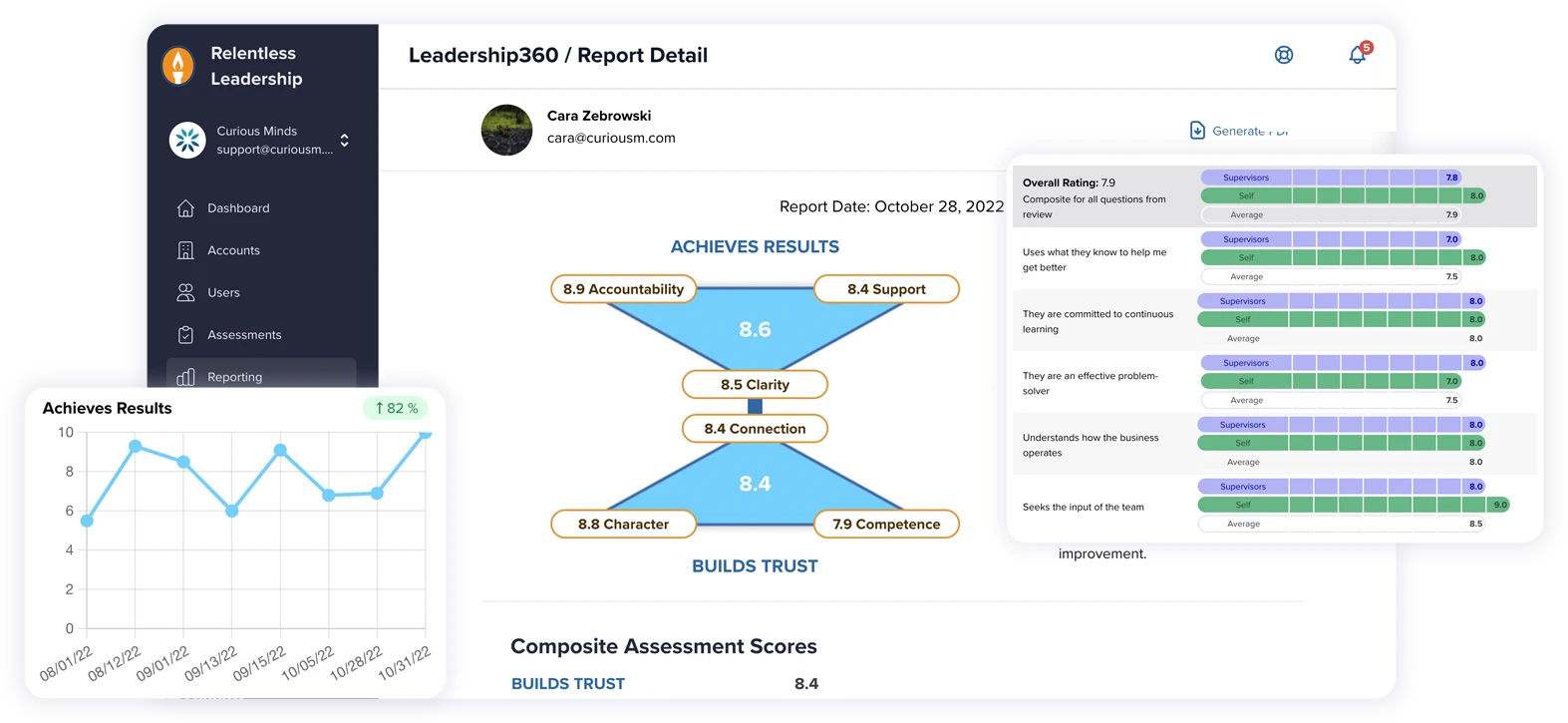Moving your website to a new host or platform might seem scary. After all, you've put a lot of effort into making your website a crucial part of your business. A badly planned move could harm the SEO work you've done to make your site visible and relevant, affecting every visitor and interaction. That's why any type of migration needs careful planning so as not to mess up your hard work.
Think about your website disappearing from search results, customers not finding their way because of dead links, or a sharp drop in sales. Knowing the dangers can help you avoid losing traffic. The secret is knowing the possible issues and having a good plan to ensure a smooth website migration without damaging your important SEO rankings.
The Relationship between Website Migration and SEO
A website migration and SEO go hand in hand when it comes to influencing how your website performs in Search. Change one, and it definitely affects the other. After all, a website migration means big changes – a fresh design, better content, maybe even a new web address.
Good SEO is like having a 24/7 salesperson working to attract new customers. When you change your website, it impacts how easily search engines like Google find and rank your business.
Get Ahead of the Competition: A successful migration can actually improve your search rankings, stealing potential leads from competitors.
Protect Your Reputation: Broken links and slow loading times frustrate customers. A smooth migration maintains a positive user experience.
Long-Term Investment: Taking the time to do migration right ensures your website continues to generate leads and sales for years to come.
Here's the thing: website migration doesn't just change how your site looks. It can also change how easy it is for people to find you on Google and other search engines. That's where your best friend, SEO, comes in. The main goal of SEO is to attract search engines to your website with great content and user-friendly design.
Get your website migration right, and it's like giving your SEO a major power boost. It's your chance to fix any annoying website problems, make things smoother for visitors, and maybe even rank higher in search results. But mess things up, and your SEO could take a nosedive – meaning fewer people find you, and that's not good for anyone. So, understanding how migration and SEO play together is crucial for keeping your website at the top of its game.
Spotting the Potential Pitfalls in Website Migration
Website migration can pose real threats to your SEO if not done right. It can affect your site's visibility, traffic, and even your earnings. So, it is very important to be aware and avoid potential problems during this process.
Changing Website Addresses Without a Plan
Website migration isn't just a technical project, SEO is important too. Simple errors like not correctly setting up your web paths, forgetting to use 301 redirects, or deleting high-traffic pages can lead to a dip in your online visibility. One overlooked aspect is the updating of internal links, which is essential for your site's user-friendliness and SEO value.
When your website's web paths change during the move, you need redirects. Think of these as online post forwarding for both your site's visitors and search engines. For instance, a local bakery might have a page at 'bakery.com/muffins'. If the migration isn't done carefully, that link might not work, making it difficult for customers to find their favorite muffin page.
Forgetting to Track Your Progress
One common mistake is skipping a full SEO check-up before moving your site. This review can spot and fix issues on your current site and set up a measurement standard for future comparisons.
It's like changing your store without tracking your sales! An SEO check-up before moving gives you a starting point, and tools like Google Analytics help you monitor your site's progress afterward.
Rushing the Process
Moving too quickly through the website migration process may damage your SEO. If you don't allow time for testing, fail to create a backup, or forget to keep track of rankings and performance, you could have SEO issues.
To avoid mistakes, make sure you test thoroughly, keep a copy of your old site as a safeguard, and watch your rankings carefully after launching your new site.
So, it is essential to understand these potential pitfalls and address them proactively. This ensures you avoid SEO mistakes during migration without sacrificing your well-earned SEO value.
Tools and Resources for Seamless Website Migration
There are many tools to help make website migration easier. One of the best is Google Search Console. It's a free tool from Google, and it helps you keep track of and fix any issues with your site's presence in Google Search results. You can use it to confirm your website, submit a sitemap, and keep an eye on any crawling problems.
An additional helpful resource is Screaming Frog SEO Spider. It's a tool that crawls websites' URLs and grabs key elements to help you check and fix technical and onsite SEO. You can use it to find broken links, check page titles and metadata, and make XML sitemaps.
Google Analytics is another good option that helps you understand your website traffic and audience behavior, both before and after migration. It’s useful for tracking key metrics to monitor any dips or unexpected changes.
Finally, Ahrefs is a tool for building links. It offers detailed link profiles for any website, and it's useful for finding great backlink possibilities.
Besides these tools, having a thorough website migration checklist and plan is also key. This should cover tasks before, during, and after the migration to make sure you don't miss anything and your SEO ranking stays intact.
The SEO Consequences of Website Migration
Website migration can have a real impact on your SEO. If it becomes hard to find, customers walk away. Similarly, a website migration done without careful SEO consideration has serious consequences:
Lost Visibility = Lost Customers
It's important to realize that if the migration process isn't handled correctly, your website's organic rankings could suffer. You may experience a temporary or, in the worst-case scenario, a permanent decline in rankings. However, with a good migration plan, you can keep your rankings steady and stay one step ahead of your competitors.
If your search rankings drop, fewer people will find your website when looking for the products or services you provide. This gives your competitors a chance to attract those potential leads.
Traffic Dips Damage Sales
Another factor is website traffic. Errors during migration might cause a big dip in organic traffic. In simple terms, this means fewer people will find your site in search engines, leading to less business and profit.
Even if your ranking doesn't plummet, any drop in website visitors means lost income – it's as simple as that.
Frustration Hurts Your Brand
Website migration can impact the way users interact with your site. An overlooked issue is load times. If migration is not done correctly, your site may become slow, which can harm your SEO. Keep in mind, Google cares about user experience, so a sluggish site can lower your ranking.
Customers dislike pages that take too long to load and links that don't work. If your new site is disorganized after migration, it may negatively affect your business reputation and trust.
It's Not Just a One-Time Problem
In simpler terms, it's important to watch out for broken links when you're migrating your website. If you don't, you can end up with "404 Not Found" error messages. These can turn away visitors and tell search engines like Google that your site isn't well-maintained.
Moreover, SEO mistakes can have long-lasting effects. Search engines may take a while to reassess your website, prolonging any negative effects for weeks or even months.
Doing a good job with your website migration is like investing in your business's future. Ensuring your SEO remains strong throughout the process, means your website can continue to serve as a useful tool for:
Reaching new clients
Generating interest and leads
Improving your brand's reputation
To sum it up, migrating your website can improve efficiency and user experience. However, overlooking potential SEO issues could be expensive. It's always smart to plan and prepare in advance.
Long Story Short
Website migration is a big task. However, with a well-thought-out plan, it can be completed successfully, ensuring your site remains visible in search engine results. Avoid problems by using helpful tools and following best practices. After migrating, spot-check your site to make sure it's working as expected.
Through migration, the main objective is to maintain your website's visibility online. This step helps to keep your site competitive in the digital world.
If you're considering migrating your website, our team at Curious Minds can help. We're specialists in Web Design and Development, and SEO. We understand how to preserve your site visibility and ranking during migration. Our skills can help keep, or even improve, your website's performance and visibility.



















